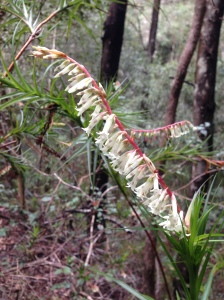I haven’t been able to write. I thought it was me and my mind and my migraines, but it turns out I might need new reading glasses.
Banal normality is what happens to us most of the time. I’m worried about tumours and hormone imbalance and what is missing is an appointment at the optometrist. I am plodding towards my destiny of old age, decrepitude and death in the usual manner. Nothing to read about. Cancel the blog post. Turns out I’m not the centre of all things after all, just a participant in that rough-smooth movement of creation through time.
Earlier, before I started writing again on here, I had attempted a few paragraphs describing my grandmother’s jewellery. My Aunty Beryl passed away a year ago, leaving some of the jewellery with my mother. Now it sits here on my desk, in my line of sight, goddammit, just sort of existing and daring me to open up display boxes and again attempt a written representation of Edwardian jeweller’s art. Or mid-century mass-produced bling that had sat so long on the top shelf of my grandparent’s lowboy before Aunty Beryl, in her mid-eighties, finally quit the house in a body bag.
I can’t think where else I can put the old lady’s jewellery, so it sits in my line of sight, a punishment for attempting a description in an unsaved file that my ever-loving husband, even he, described as ‘not your best work’.
Yes, it’s been a while since I have wanted to write, or had the clarity of mind to do so.
I have a friend. A visual artist. Over a lunch of sweetened kale leaves she says, “When you can’t produce art, it indicates that you are not in the best place yourself,” and I think about those hopeless little paragraphs that failed to save. That I failed to save. As if I knew. I can’t remember what I wrote.
It’s been a year since mum has come to live with us.
And writing the above line and I stop dead. I want to abandon my computer and this whole idea of writing an autoethnography.
Why the need to stop?
She guts me, even now.
She’s here.
A Barb we never knew,
But a Barb we all prefer.
Soft, pliable. Decent.
But she hollows me out.
Dreams and achievements on hold. Like I’ve seen and heard nothing. I have never lived my life. I just re-enter hers at the point she needs me and now I am again part of her story.
“She lives a really lovely life now,” I tell people, thinking of the daily outings, the social input. Clean, dry, warm. Sleeping, eating. All of these I attend to so she does not suffer the lack. But I feel split open and eviscerated, stretched like a canvas on a frame. In Chinese, the word for cross, the one Jesus is sacrificed on, is shi zi jia. A cross-shaped frame. We say cross, but we forget we speak of not just iconography but a wooden device to keep people pinned back and held up. Carpentry is involved. And a carpenter, stretched out on a frame in the shape of a cross.
She has been sitting on the lounge for two hours now, ever since the Anglicare worker brought her back from a failed trip to Norman Lindsay’s Gallery. They had got there and it was too dusty to leave the car. The bureau had been expecting 90kph winds, drought’s dusty sands lifted up from the inland and carried over the mountains to the city basin. And now, half way down the mountain it has met a small fire on Bell’s Line of Road, fanning it out of control and I am at home with mum, listening to the updates on local radio and praying for strength, wisdom and wiles for the Rural Fire Service.
For two hours she has been napping. Sitting upright, mouth gaping like Aunty Beryl the day dad found her dead on the couch in the Enfield house. But not dead is my mum, just exhausted from the last-minute change and, instead, a visit to the Museum of Fire in Penrith.
She wakens and I ask her if she wants cake. She says no and I wonder what that means, make a considered guess and cut some just for myself. Armenian Nutmeg cake from the Australian Women’s Weekly Sweet Old-fashioned Favourites cookbook. The cake is not good. Overcooked 5 minutes. My friend, my visual artist friend, suggests that our palates have changed since AWW Armenian nutmeg cake was invented and perhaps it seemed more of a gastronomic sensation in the seventies. I say next time I will use twice as much nutmeg and greek yoghurt instead of milk, but suspect going straight for a more recent Persian Love Cake recipe would be wiser.
One of the jewellery cases is melamine. A hinged, cream-coloured heart, embossed with a bow. It sits on three clawed feet. It is ornate and there is grubbiness in each crevice. Temporarily forgetting what is inside, I place my fingers on the early plastic container. I remember. Inside will be an ornate Edwardian gold ring. What is the stone? My mind says white opal. I open the box and the opal is much bigger than I remember. It is surrounded by little leaves worked in gold. The ring seems just as grubby as the box. I remember I had searched ‘Saunders Ltd’, the name embossed in gold on the satin lining, and discovered the jewellers is still in Sydney. I had been thinking of taking the whole thing in to the store to see what they would say. That’s what I had been thinking. Before I lost the paragraphs. I snap the melamine lid against the base and put the box back on the middle shelf in front of me. I push my reading glasses up on my nose, then drag them back down again when I discover I cannot see.
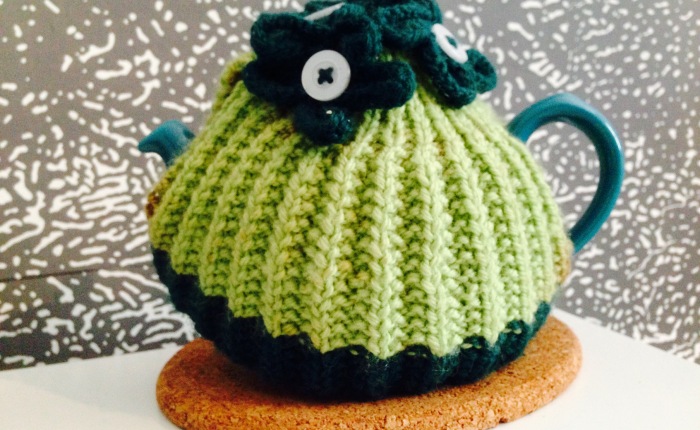


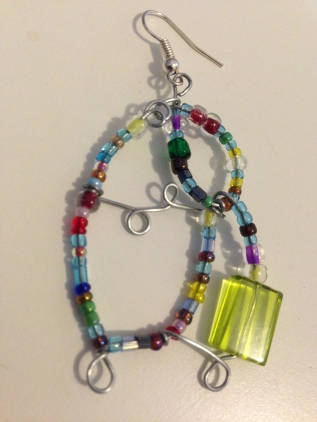
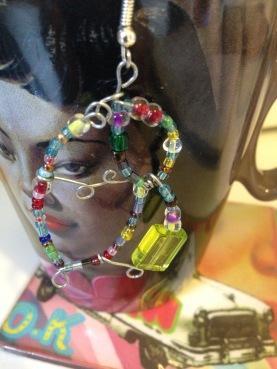


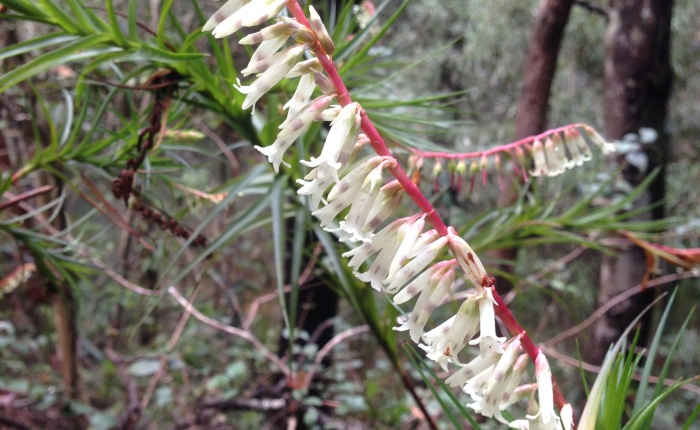
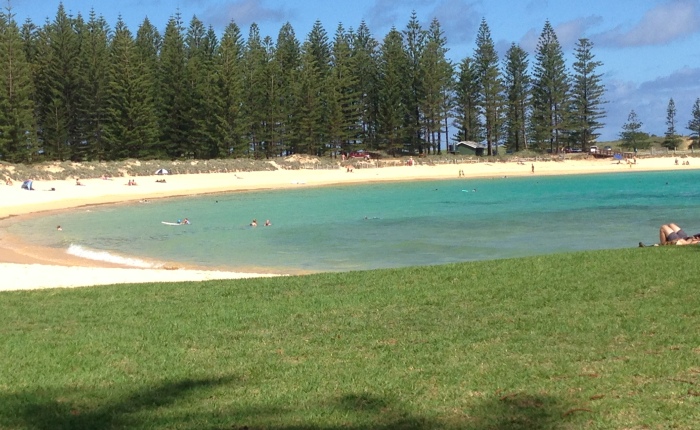








 each side of which drops down to rough bush, or, where humans find themselves lucky, residential land. Down behind my favourite coffee shop there is a bitumen road that leads to a bush track. It falls slowly through a fern-lined valley, then winds around the land’s lowest points past a stream, until it reaches a cliff face offering the choice of two equally uncomfortable steep sandstone climbs ending at some of the furthermost points of the village. And the entrance to this wonderland? Hiding down behind the shops! So whenever you are in town,
each side of which drops down to rough bush, or, where humans find themselves lucky, residential land. Down behind my favourite coffee shop there is a bitumen road that leads to a bush track. It falls slowly through a fern-lined valley, then winds around the land’s lowest points past a stream, until it reaches a cliff face offering the choice of two equally uncomfortable steep sandstone climbs ending at some of the furthermost points of the village. And the entrance to this wonderland? Hiding down behind the shops! So whenever you are in town,  the bush is there beckoning, ready to open herself to you in new and more pleasing ways. Ever willing to give up to you a new, quiet secret, or beat you into a panting, submissive sweat.
the bush is there beckoning, ready to open herself to you in new and more pleasing ways. Ever willing to give up to you a new, quiet secret, or beat you into a panting, submissive sweat.